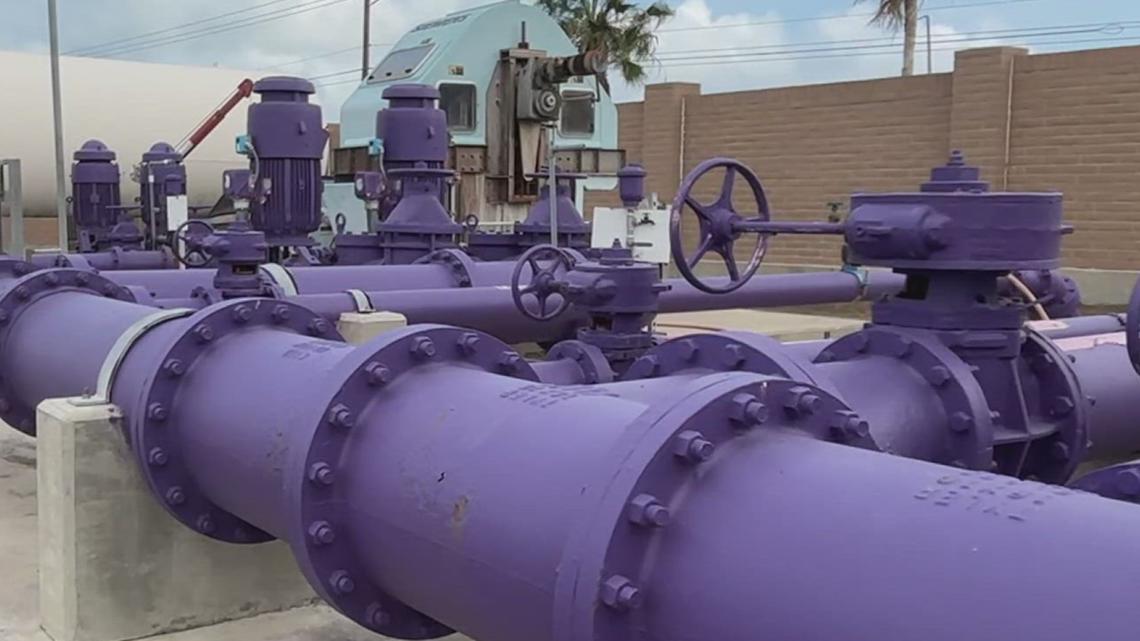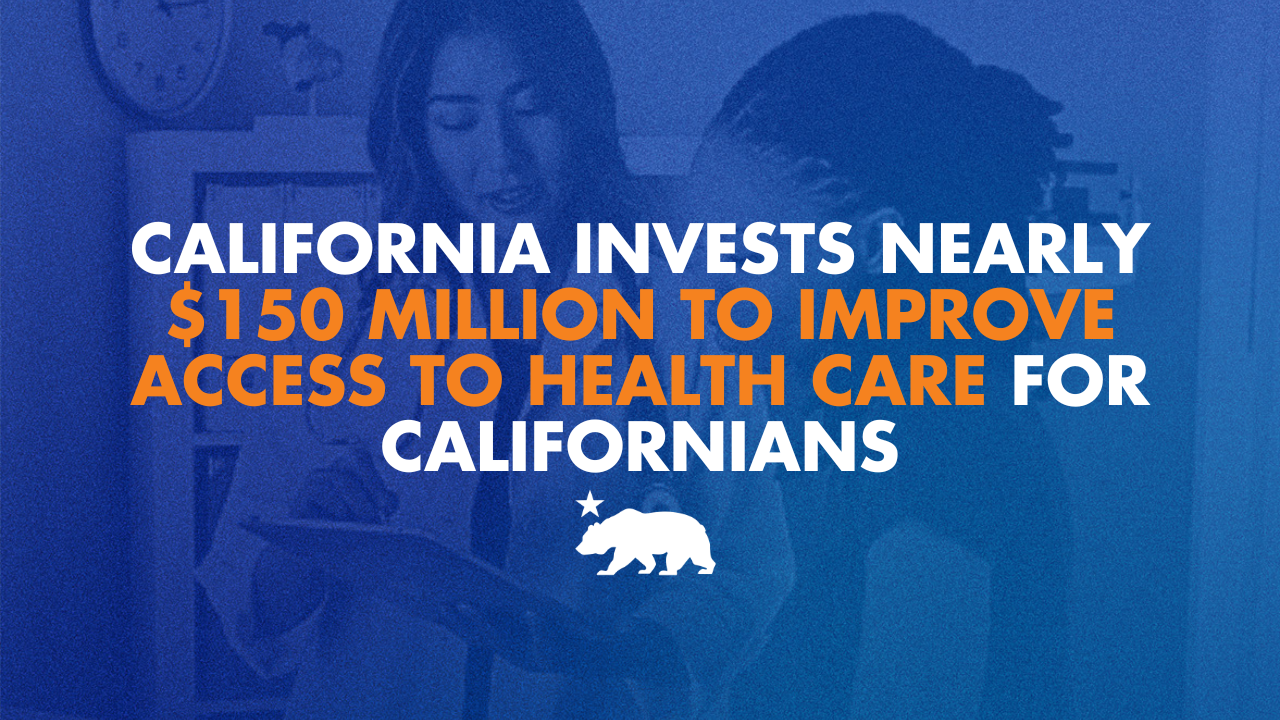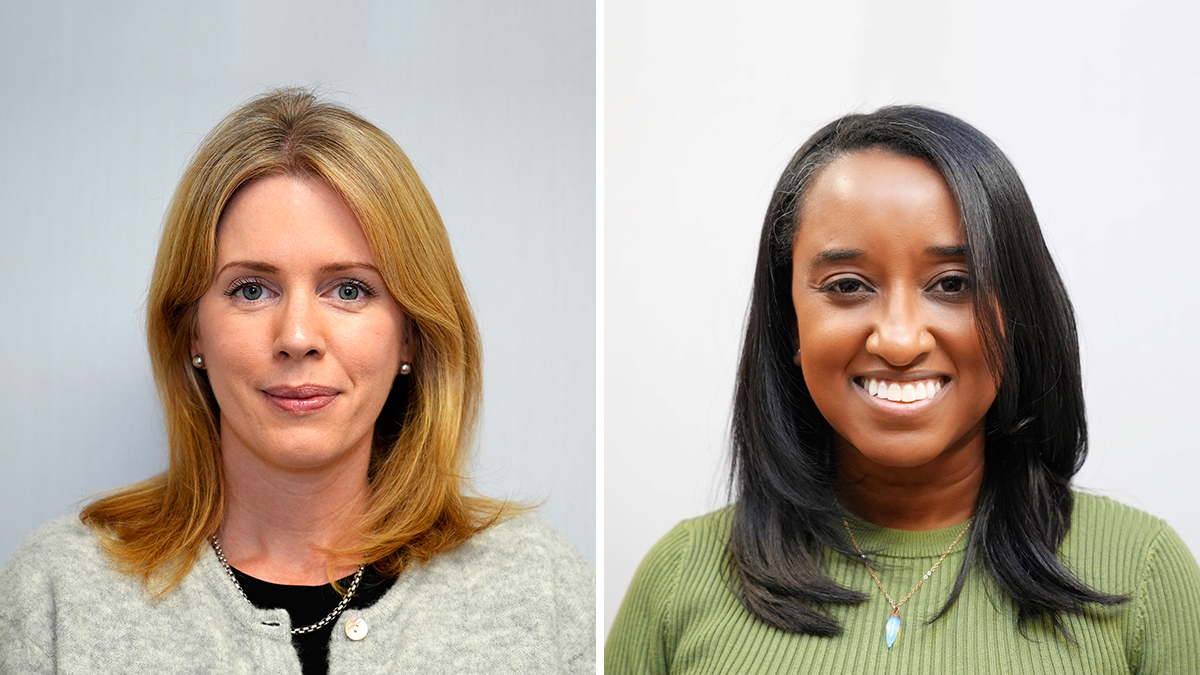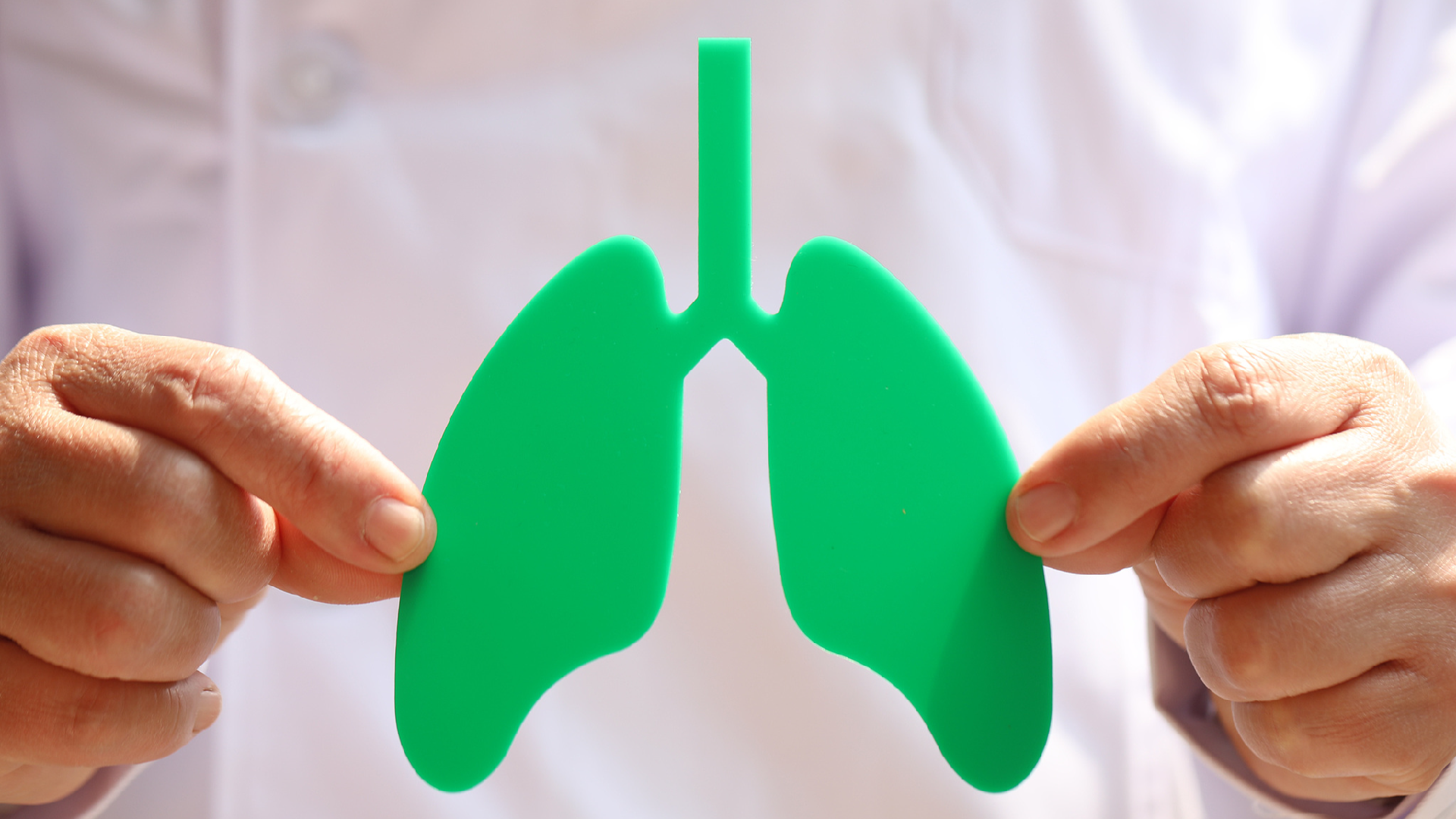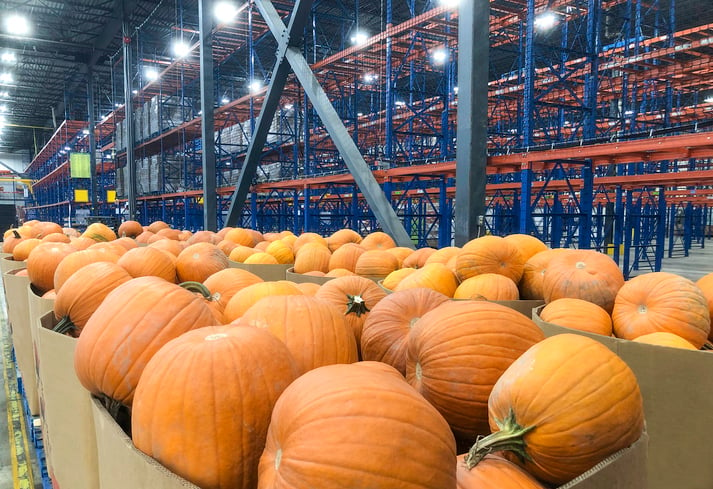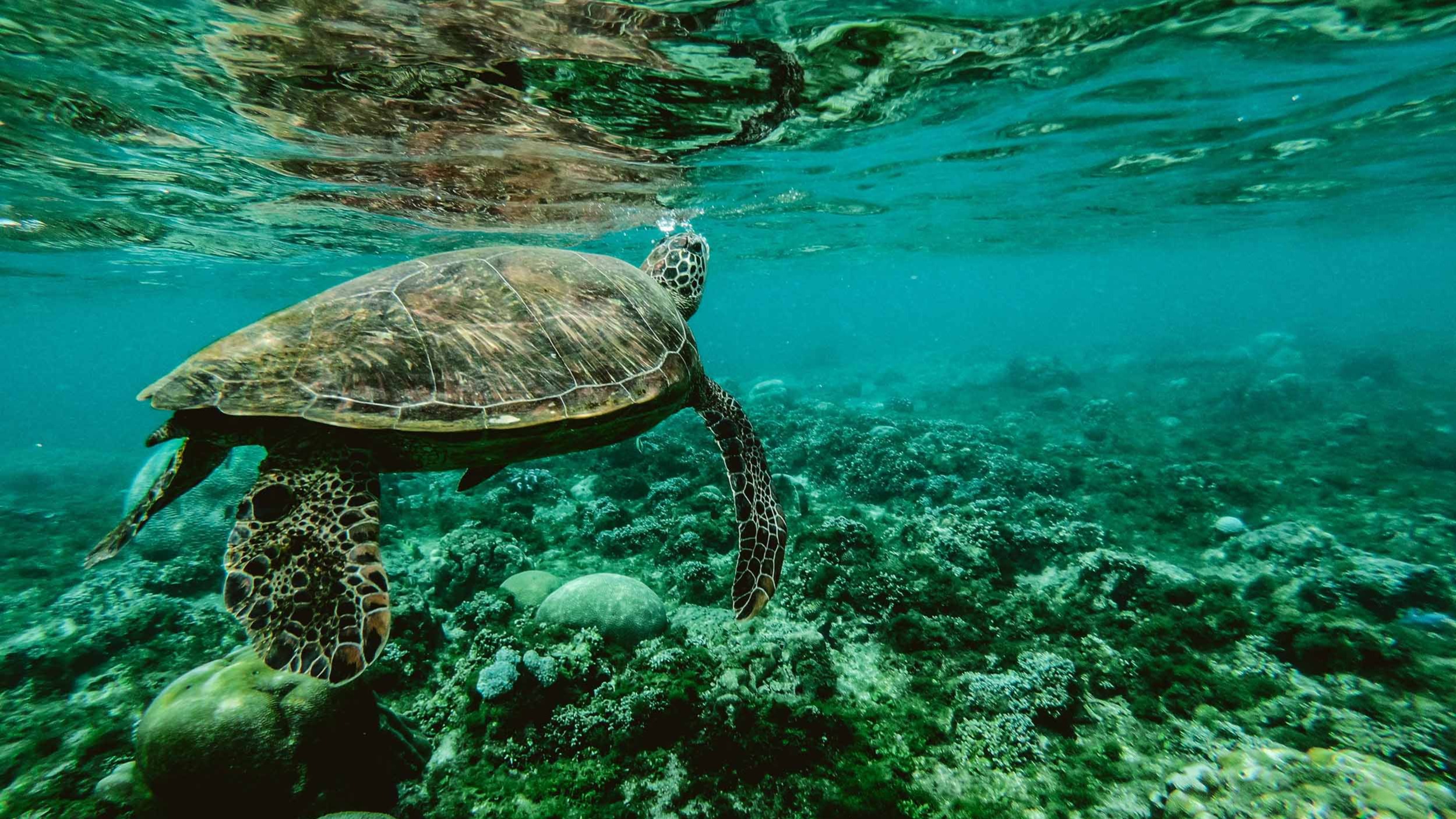All eyes on plastic: Why monitoring will make or break the Global Plastic Treaty – The Ocean Cleanup
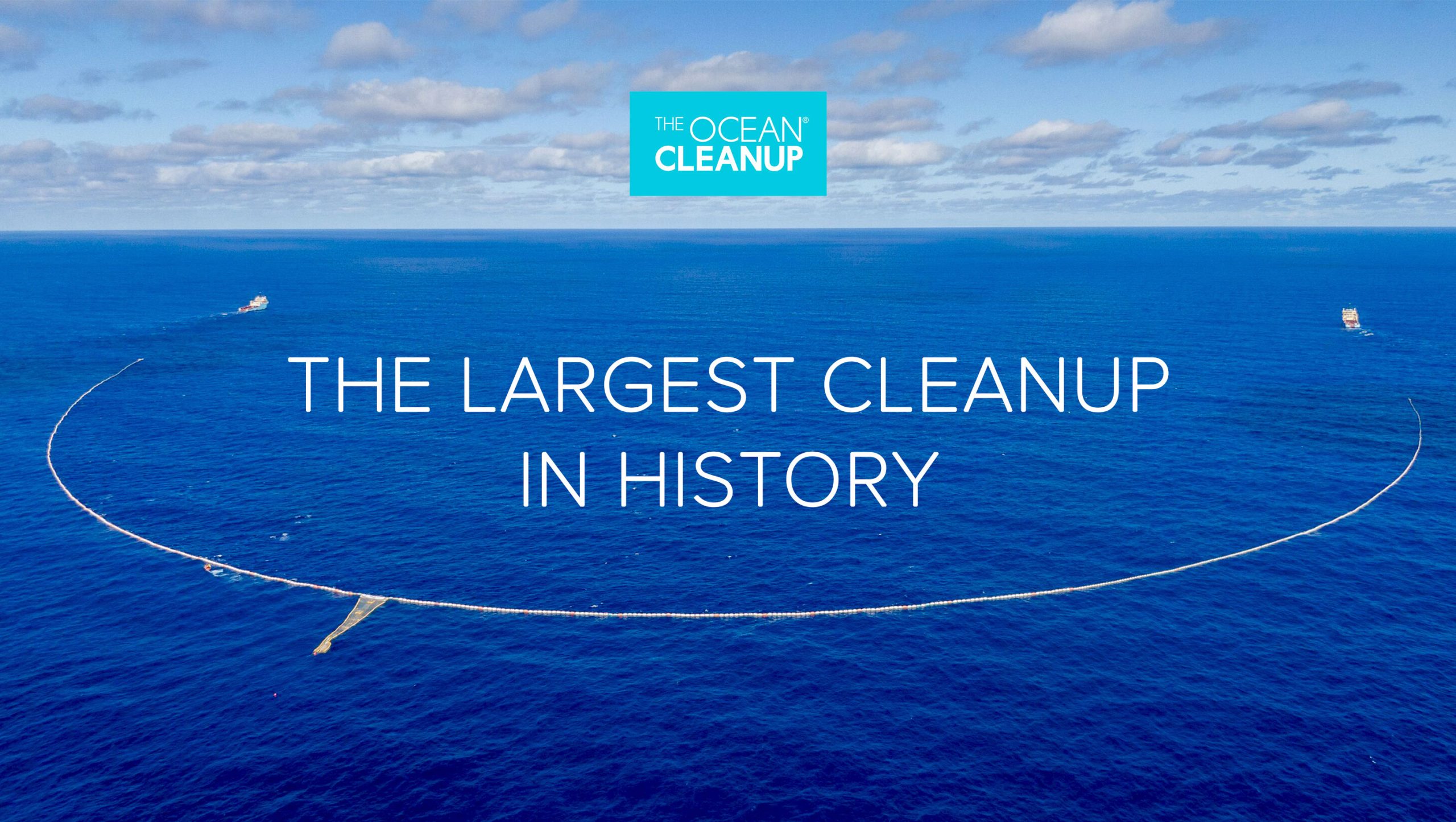
Report on Plastic Pollution Abatement and Data-Driven Policy in Alignment with Sustainable Development Goals
Introduction: Integrating Cleanup Operations with Data Analytics for SDG 14
Cleanup initiatives for plastic pollution serve a dual purpose: the physical extraction of debris and the generation of critical data. This approach directly supports the achievement of Sustainable Development Goal 14 (Life Below Water), particularly Target 14.1, which aims to prevent and significantly reduce marine pollution of all kinds. By treating cleanup operations as data-gathering platforms, a foundation is built for informed, effective, and sustainable action against plastic pollution.
Technological Innovation for Monitoring and Evaluation (SDG 9 & SDG 12)
The deployment of advanced technology is fundamental to understanding and combating plastic pollution, reflecting progress toward SDG 9 (Industry, Innovation, and Infrastructure). These monitoring systems provide the empirical evidence necessary to design and assess policies aimed at SDG 12 (Responsible Consumption and Production).
- AI-Powered Systems: Camera systems utilizing artificial intelligence are used to track, quantify, and analyze plastic debris in real time in both riverine and marine environments.
- Remote Sensing Tools: These tools assist in identifying plastic accumulation hotspots and measuring the scale of the problem from a distance.
The data collected through these innovations is crucial for establishing baselines, tracking progress, and verifying the impact of policy interventions, thereby ensuring that actions are effective and resource-efficient.
Addressing Global Inequities to Achieve Universal Treaty Success (SDG 10 & SDG 17)
For a global plastic treaty to be effective, it must be equitable. Many nations, particularly in the Global South, face significant implementation barriers, a challenge that touches upon SDG 10 (Reduced Inequalities). The successful implementation of global environmental targets is contingent upon international cooperation, as outlined in SDG 17 (Partnerships for the Goals).
Key Barriers to Implementation:
- Limited access to advanced monitoring technologies and satellite data.
- A lack of personnel trained in sophisticated data analysis and system operation.
- Inadequate or unreliable waste management and tracking infrastructure.
Recommendations for an Inclusive Treaty:
- Invest in National Capacity: Provide targeted funding and training to enhance local expertise (SDG 17.9).
- Support Technology Transfer: Facilitate the transfer of environmentally sound monitoring and cleanup technologies (SDG 17.7).
- Enable Shared Data Platforms: Develop and provide access to standardized monitoring platforms to ensure data consistency and accessibility for all nations.
From Rivers to Results: Demonstrating Impact and Scaling Action (SDG 11 & SDG 14)
Rivers are critical pathways for plastic transport into the oceans, making them powerful indicators for measuring the effectiveness of upstream policy interventions. Data from cleanup operations has demonstrated that well-designed policies, such as regional plastic bag bans, can lead to a measurable decrease in plastic waste, contributing to Target 12.5 of SDG 12.
Operational Achievements and Strategic Programs:
- Total Waste Removed: To date, over 32 million kilograms of plastic waste have been removed from global rivers and oceans, a direct contribution to SDG 14.1.
- The 30 Cities Program: This initiative targets the world’s most polluting urban waterways, directly addressing SDG 11 (Sustainable Cities and Communities), specifically Target 11.6 concerning the management of municipal waste. The program is designed not only to intercept waste but also to generate scalable monitoring data that can inform and validate benchmarks for a global plastic treaty.
1. Which SDGs are addressed or connected to the issues highlighted in the article?
SDG 14: Life Below Water
This is the most central SDG, as the article’s primary focus is on removing plastic pollution from oceans and rivers to protect marine ecosystems. The text explicitly mentions removing plastic from “vast accumulation zones like the Great Pacific Garbage Patch” and preventing it from reaching the “high seas.”
SDG 11: Sustainable Cities and Communities
The article connects plastic pollution to urban areas, mentioning “unreliable waste tracking systems” in cities and launching a “30 Cities Program” that “targets the world’s most polluting urban waterways.” This directly relates to municipal waste management and the environmental impact of cities.
SDG 12: Responsible Consumption and Production
This goal is addressed through the discussion of waste generation and policy interventions. The article provides a specific example of how policy can impact consumption patterns and waste, noting that “plastic bag bans in several regions led to a 25% decrease in plastic waste.”
SDG 17: Partnerships for the Goals
The article strongly advocates for global cooperation, particularly in the context of a global plastic treaty. It highlights the need for equity, calling for the treaty to “invest in national capacity, support technology transfer, and enable shared access to standardized monitoring platforms,” especially for countries in the Global South.
SDG 6: Clean Water and Sanitation
By focusing on intercepting plastic in rivers, the article touches upon the quality of freshwater bodies. The cleanup of “polluted rivers” and “urban waterways” directly contributes to reducing pollution in these water sources.
SDG 9: Industry, Innovation, and Infrastructure
The article showcases innovation by describing the development and use of advanced technologies. It mentions “AI-powered camera systems and remote sensing tools” used to “track, quantify, and analyze plastic debris in real time,” which represents an investment in innovative infrastructure for environmental monitoring.
2. What specific targets under those SDGs can be identified based on the article’s content?
-
Target 14.1: By 2025, prevent and significantly reduce marine pollution of all kinds, in particular from land-based activities, including marine debris and nutrient pollution.
The entire mission described in the article—to “intercept plastic before it reaches the ocean and remove it from vast accumulation zones”—is a direct action towards achieving this target. The focus on rivers as “powerful indicators of plastic leakage” underscores the effort to curb land-based pollution.
-
Target 14.a: Increase scientific knowledge, develop research capacity and transfer marine technology…
The article details how The Ocean Cleanup’s operations “double as data-gathering platforms” using “AI-powered camera systems and remote sensing tools.” The call to “support technology transfer” to the Global South directly aligns with this target’s aim to build global research capacity.
-
Target 11.6: By 2030, reduce the adverse per capita environmental impact of cities, including by paying special attention to… municipal and other waste management.
The “30 Cities Program” is a specific initiative mentioned in the article that targets urban waterways to intercept waste. This, along with the mention of improving “waste tracking systems,” directly addresses the challenge of municipal waste management in cities.
-
Target 12.5: By 2030, substantially reduce waste generation through prevention, reduction, recycling and reuse.
The article provides a clear example of progress towards this target by citing data that “plastic bag bans in several regions led to a 25% decrease in plastic waste,” demonstrating how prevention and reduction policies can be effective.
-
Target 17.7: Promote the development, transfer, dissemination and diffusion of environmentally sound technologies to developing countries…
This target is explicitly referenced when the article argues that the global treaty must “support technology transfer, and enable shared access to standardized monitoring platforms” to address the inequity faced by countries in the Global South with “limited access to satellite data” and other tools.
3. Are there any indicators mentioned or implied in the article that can be used to measure progress towards the identified targets?
-
Quantity of plastic waste removed
The article provides a direct quantitative indicator of progress: “To date, The Ocean Cleanup has removed more than 32 million kilograms of plastic waste from rivers and oceans.”
-
Percentage reduction in plastic waste from policy interventions
A specific metric is used to measure the success of waste reduction policies: “a 25% decrease in plastic waste” was observed following plastic bag bans, serving as a clear indicator of policy impact.
-
Real-time quantification of plastic debris
The article implies a continuous monitoring indicator by stating that its technologies “track, quantify, and analyze plastic debris in real time.” This data can be used to measure plastic flows and the effectiveness of cleanup operations.
-
Identification of plastic hotspots
The use of technology for “helping identify plastic hotspots” serves as an indicator for prioritizing cleanup efforts and measuring the geographic concentration of pollution.
-
Number of cities/waterways addressed
The “30 Cities Program” is a quantifiable indicator that measures the scale of intervention in urban areas, tracking progress by the number of high-pollution sites being actively managed.
4. Table of SDGs, Targets, and Indicators
| SDGs | Targets | Indicators |
|---|---|---|
| SDG 14: Life Below Water | 14.1: Reduce marine pollution of all kinds, especially from land-based activities. | – Total kilograms of plastic waste removed from rivers and oceans (32 million kg mentioned). – Real-time data on plastic debris quantification. |
| SDG 9: Industry, Innovation, and Infrastructure | 14.a: Increase scientific knowledge, develop research capacity and transfer marine technology. | – Development and use of “AI-powered camera systems and remote sensing tools.” – Generation of monitoring data to build a “data foundation.” |
| SDG 11: Sustainable Cities and Communities | 11.6: Reduce the adverse environmental impact of cities, including waste management. | – Number of cities targeted for cleanup (“30 Cities Program”). – Data generated from monitoring urban waterways. |
| SDG 12: Responsible Consumption and Production | 12.5: Substantially reduce waste generation through prevention and reduction. | – Percentage decrease in plastic waste following policy changes (“25% decrease” from bag bans). |
| SDG 17: Partnerships for the Goals | 17.7: Promote transfer of environmentally sound technologies to developing countries. | – Implementation of technology transfer and shared access to monitoring platforms under a global treaty. |
| SDG 6: Clean Water and Sanitation | 6.3: Improve water quality by reducing pollution. | – Amount of plastic waste intercepted in rivers before it reaches the ocean. |
Source: theoceancleanup.com

What is Your Reaction?
 Like
0
Like
0
 Dislike
0
Dislike
0
 Love
0
Love
0
 Funny
0
Funny
0
 Angry
0
Angry
0
 Sad
0
Sad
0
 Wow
0
Wow
0




























